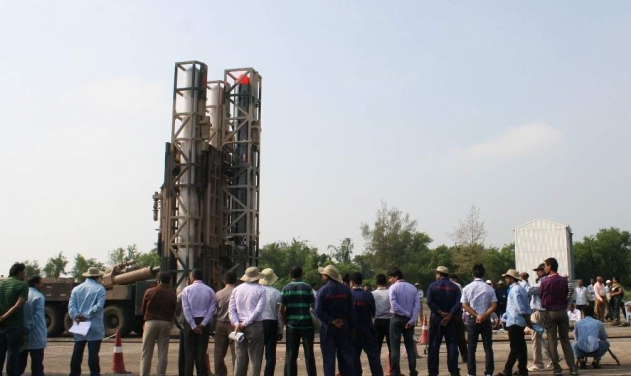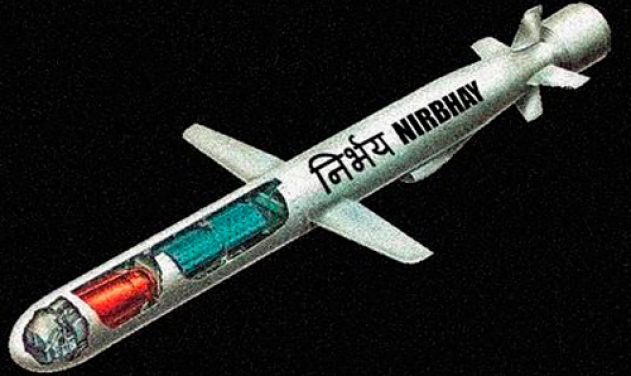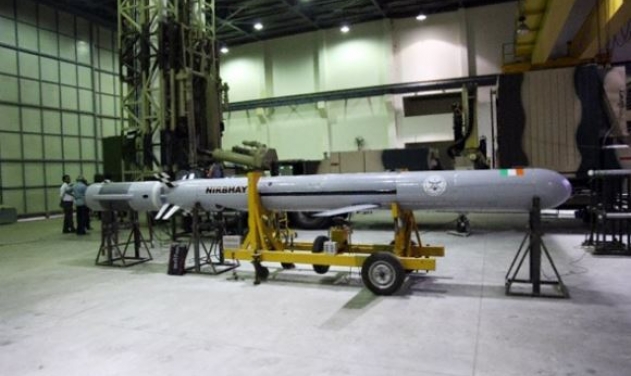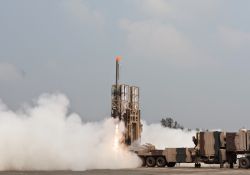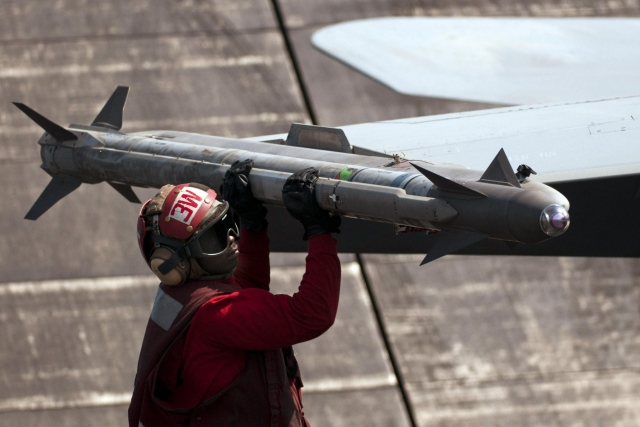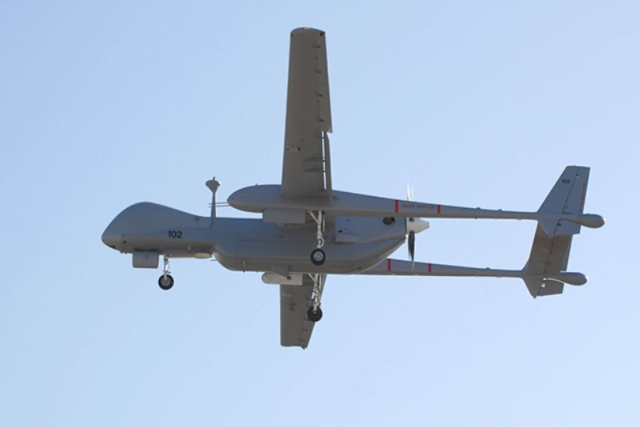Wing Deployment Delay caused Nirbhay Missile’s Third Failure: DRDO
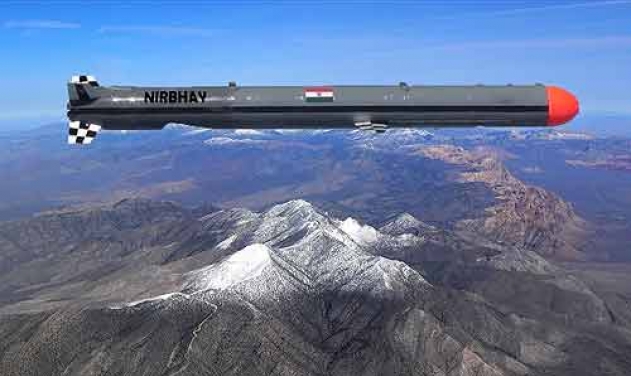
Delay in the process of wing deployment has led to third failure of India's Nirbhay subsonic cruise missile, according to Defense Research and Development Organisation (DRDO).
The failed mission of subsonic cruise missile Nirbhay was pointing towards a slight ‘pause’ during the wing deploying process, resulting in the missile developing a very high roll-rate, which led to the Inertial Navigation System (INS) losing its frame of reference, Mathrubhumi reported Friday.
This, further, caused the missile to move away from its intended flight path, leading to a situation which called for aborting the mission from safety considerations.
The Defense Research and Development Organisation (DRDO), who reviewed the video footage of the missile’s failed flight, confirmed that the wing is normally deployed in less than 500 milliseconds (0.5 sec.) after booster burn-out and separation of the booster section from the main missile.
In the previous missions, we have been achieving the wing deployment in around 300-350 milli-seconds. This time the wing seems to have got stuck at 60 degrees position for about 1.5 seconds causing the damage, the official said.
"This is what we have assessed so far. The missile appears to have developed the high roll rate due to the partially deployed wing”, the official added.
During the vertical launch of the missile, the booster fires for about 10 seconds, resulting in the missile gaining height and acceleration. It is in this phase that the Thrust Vector Control (TVC) system rotates the missile from vertical to horizontal attitude.
On burn-out of the booster, the booster section is detached from the main missile by activation of pyro-bolts and small thrusters ensure that the detached section separates safely from the main missile.
The Onboard Computer (OBC), which manages all these critical events, initiates the wing deployment process after separation of the booster section.
After wing deployment, the cruise phase engine is started, which takes about six seconds to develop the operational speed (RPM) and thrust required to sustain the flight of the missile.
“At this point the control system puts the missile through a constant altitude phase for a short duration before initiating the pre-programmed way-point navigation phase of the mission,” the official said.

